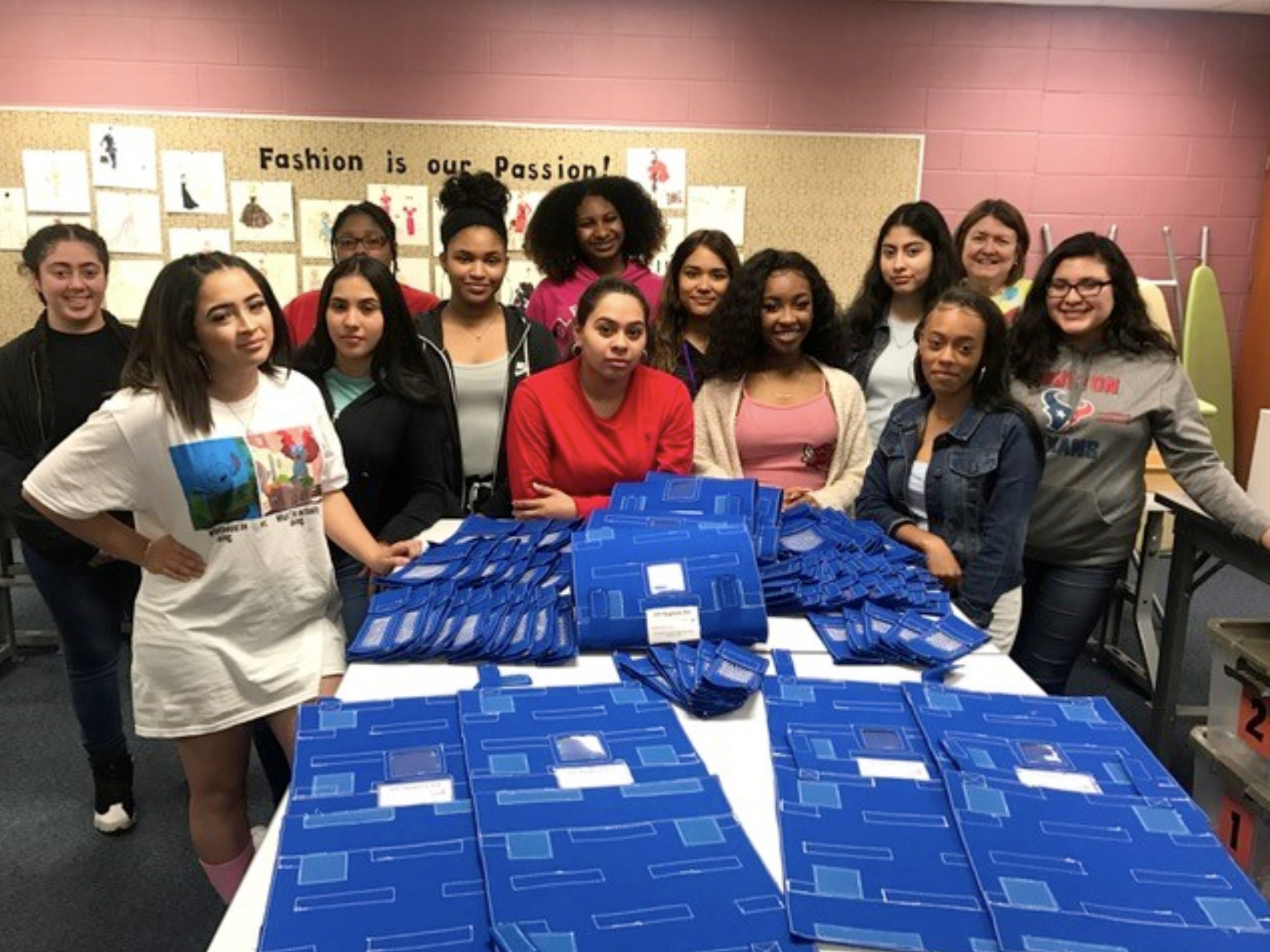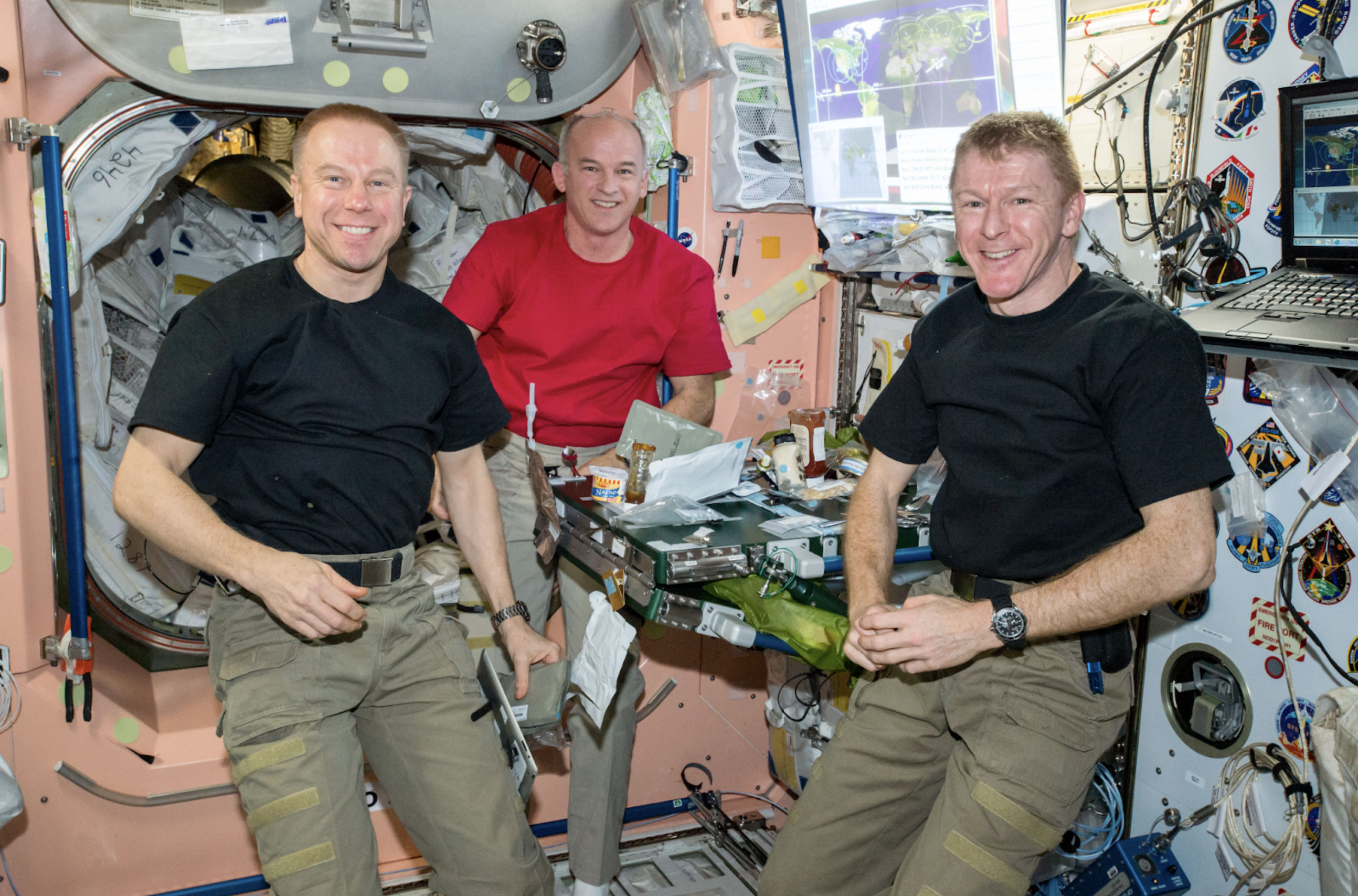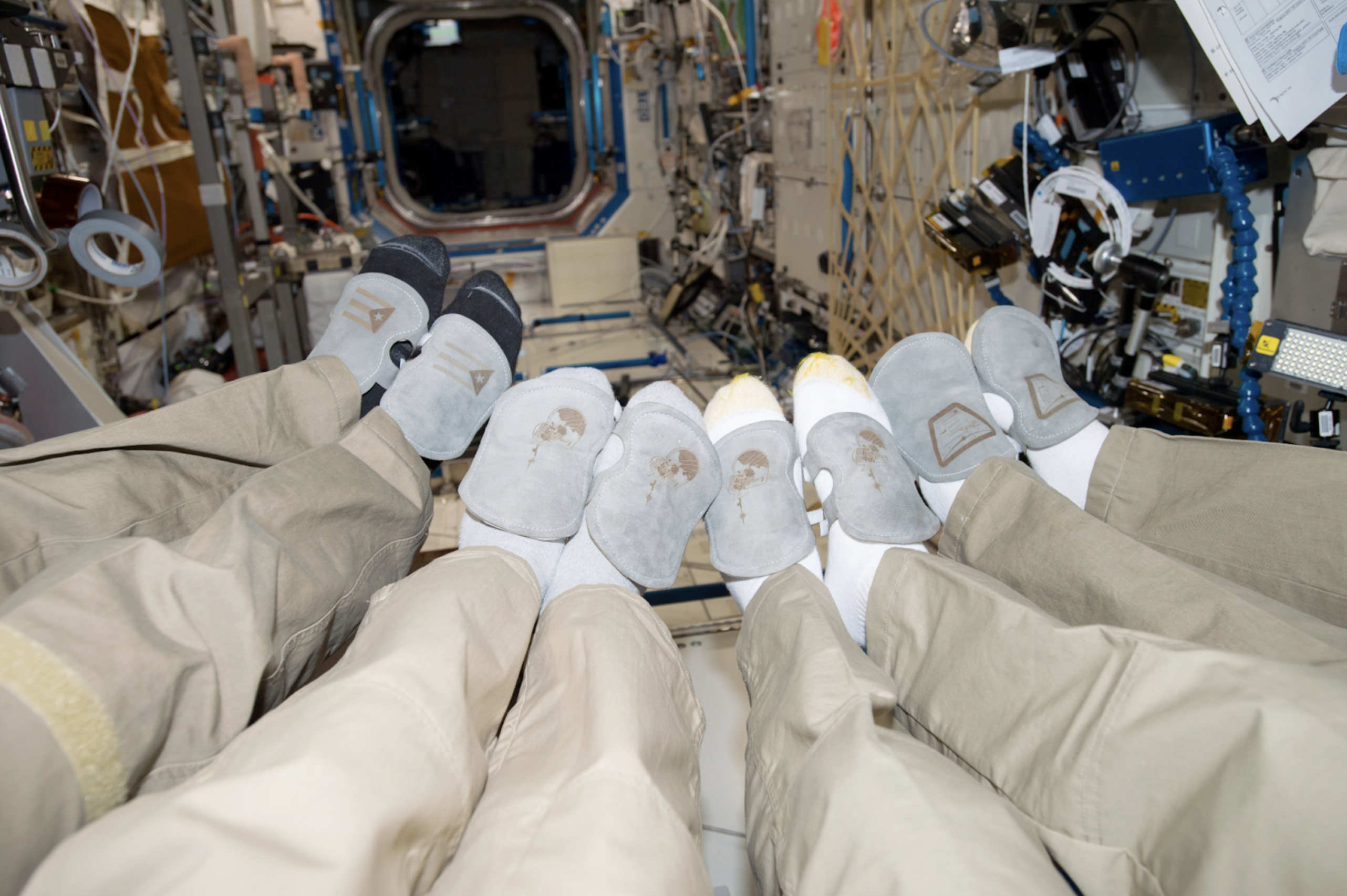Building the nation’s future workforce
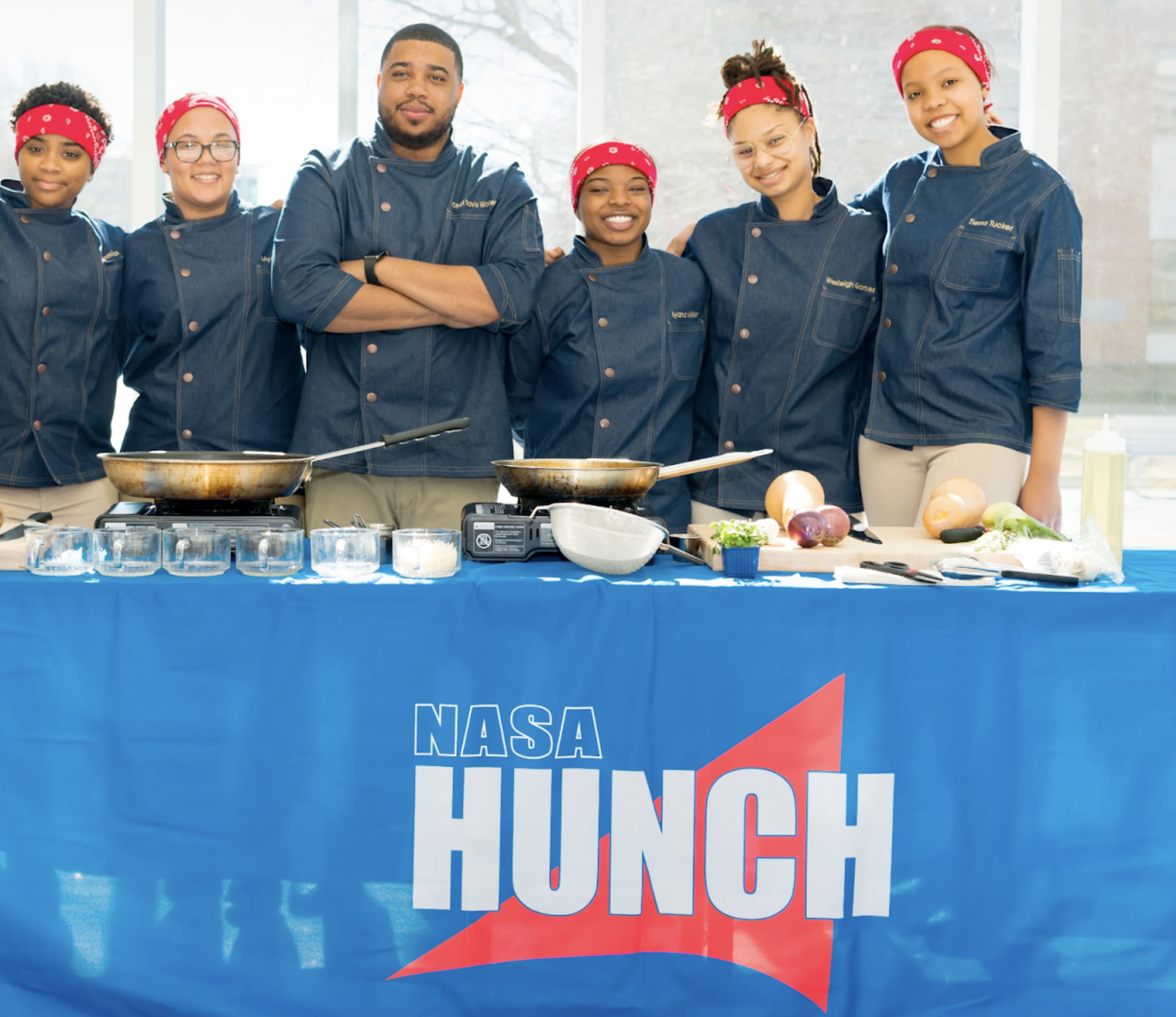

High school students United with NASA to Create Hardware, or HUNCH, is a NASA workforce development program operated in partnership with Voyager Technologies. HUNCH provides high school students across the country with real-world, hands-on experience designing, engineering and fabricating items for use in space. The program allows students to develop technical and professional skills that align with the nation’s future workforce needs.
To date, HUNCH has engaged more than 24,000 students from more than 1,700 schools in 46 states. More than 3,000 student-created items have flown to the International Space Station, or ISS, demonstrating the value of this practical, scalable investment in workforce development.
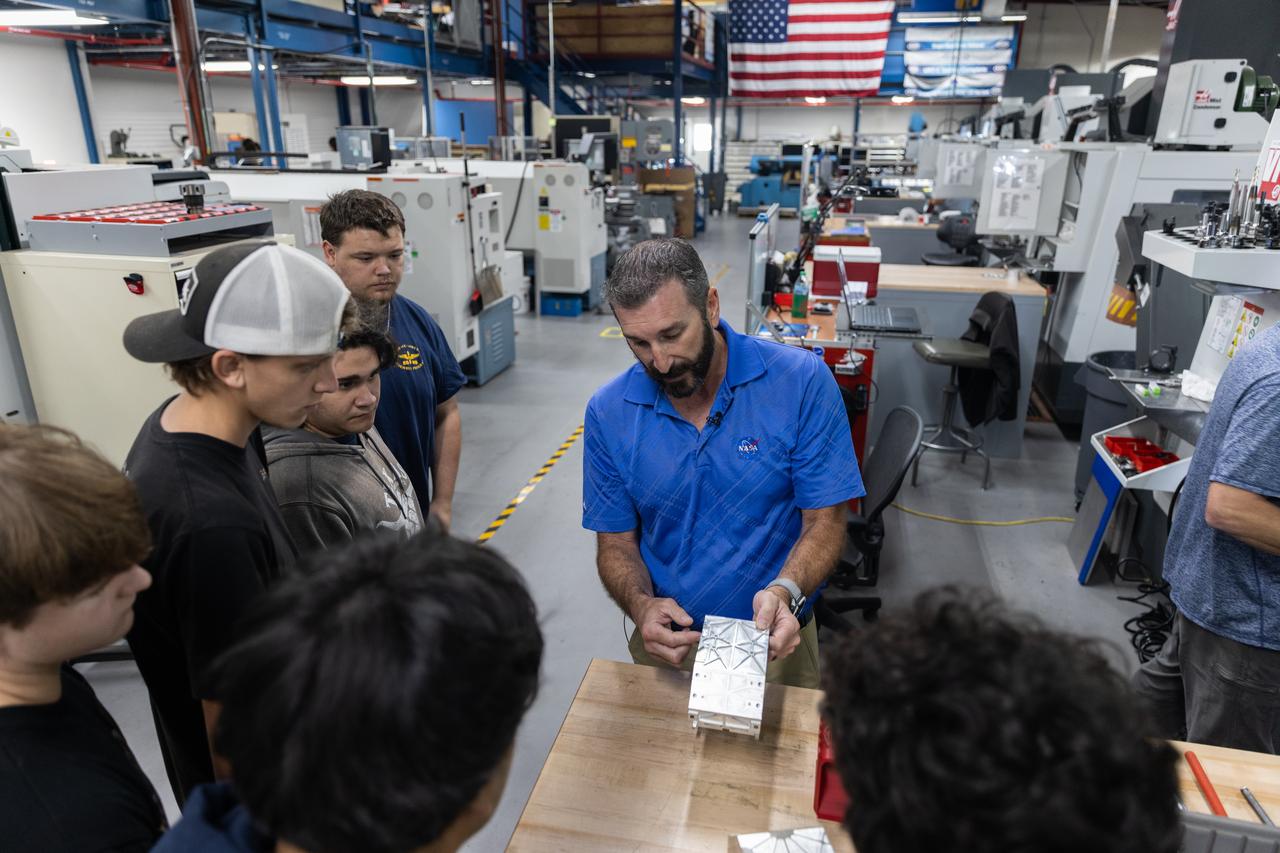
HUNCH programs are designed to mirror apprenticeship-style training, giving students direct exposure to high-demand fields. Through structured mentorship, real-world project-based learning and manufacturing, students engage in:
Image Credit: NASA
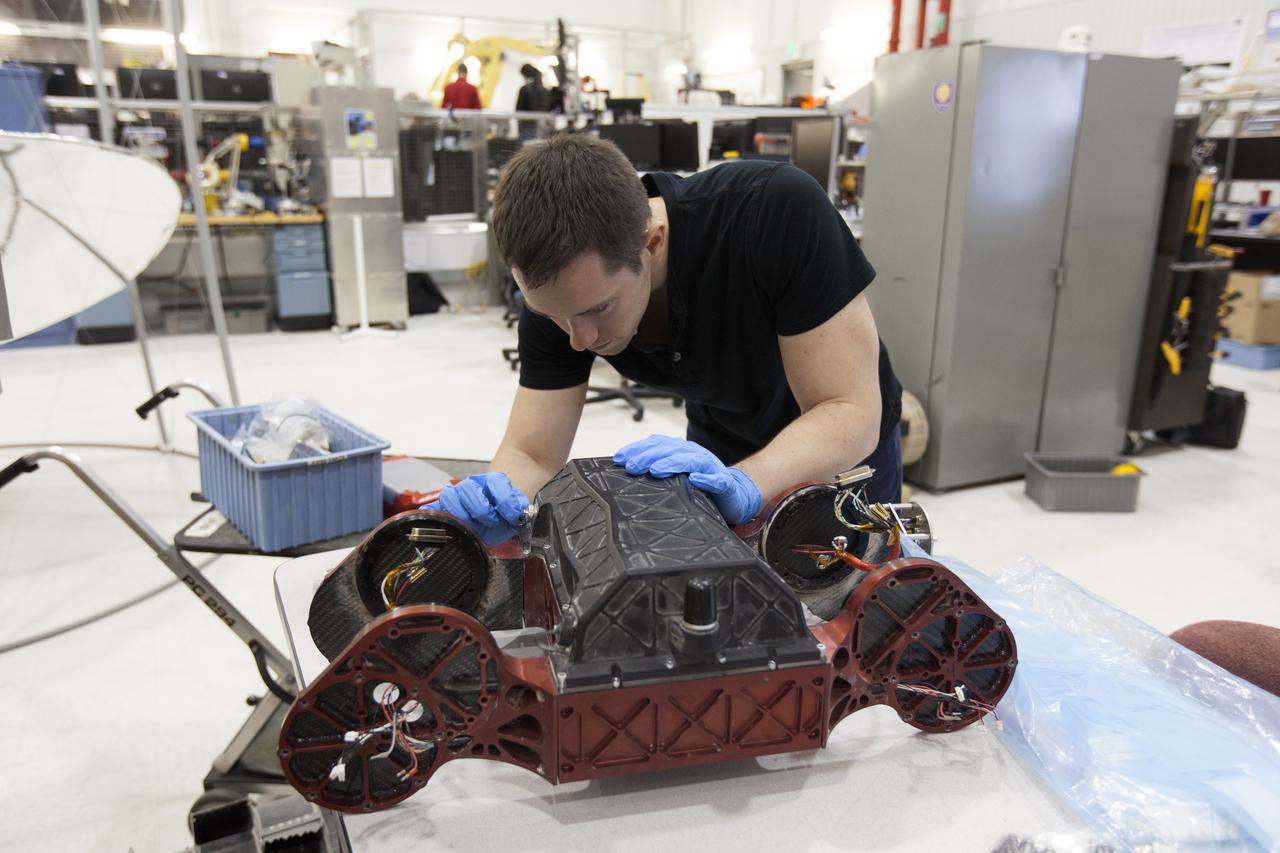
Students design, prototype and fabricate products for space.
Image Credit: NASA
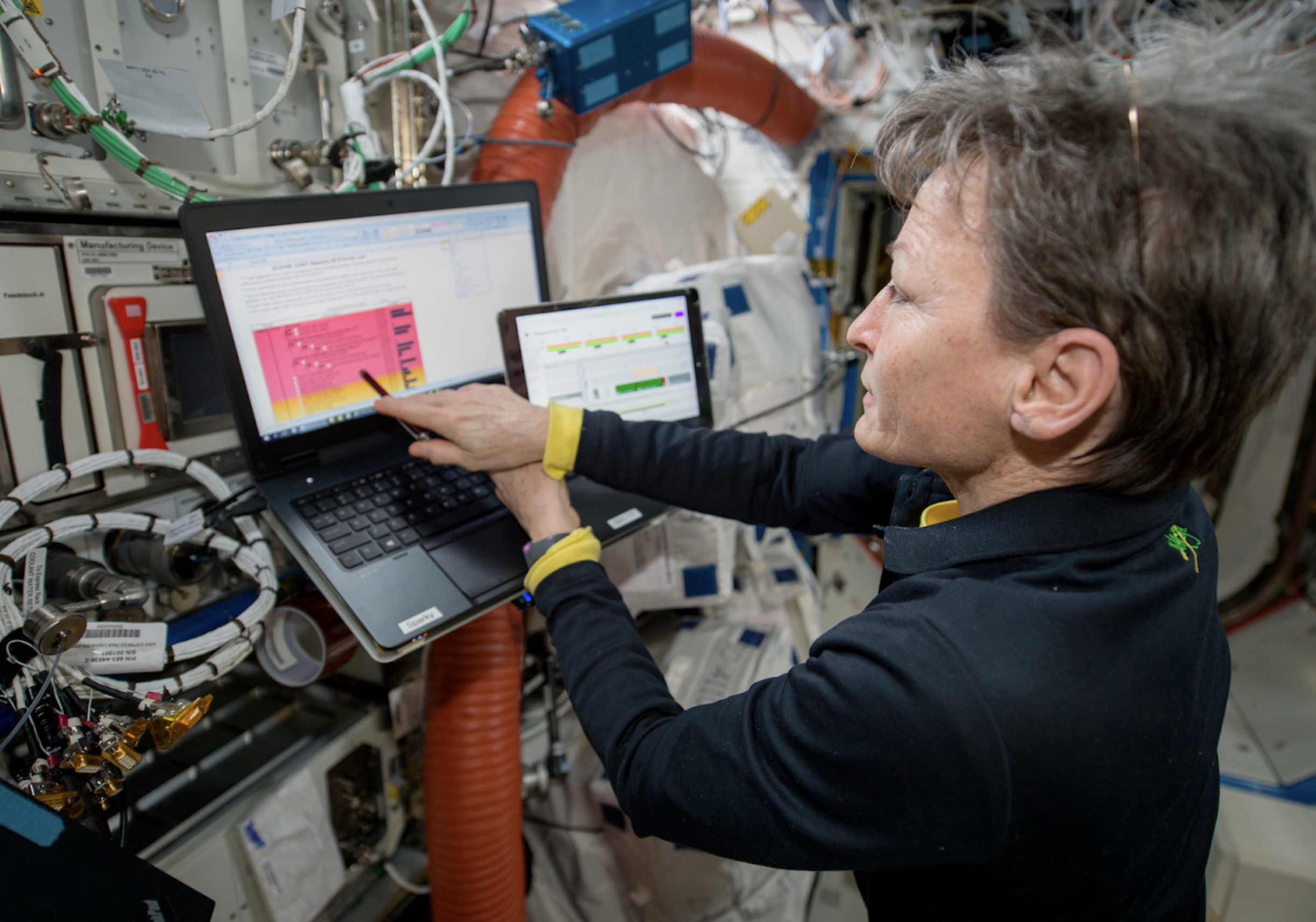
Students build software applications based on project prompts sourced from crew feedback and subject matter experts to solve real needs for astronauts on the ISS and Artemis Missions.
Image Credit: NASA

Students solve real-world problems for NASA, everything from hardware and software projects to requested items from Crew Systems.
Image Credit: NASA
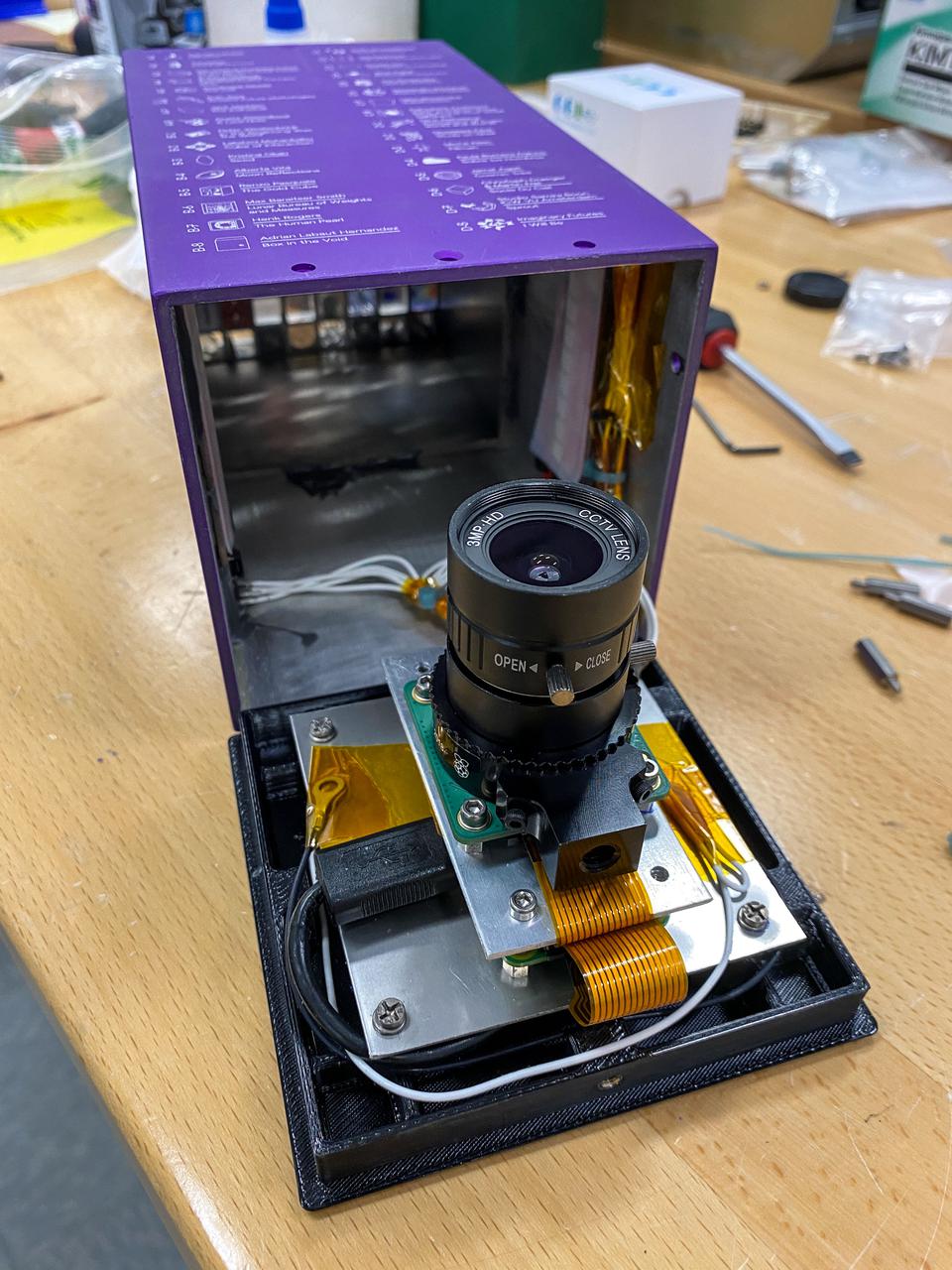
Students participate in a challenge to craft video content aligned with NASA missions and awareness for careers in aerospace.
Image Credit: NASA
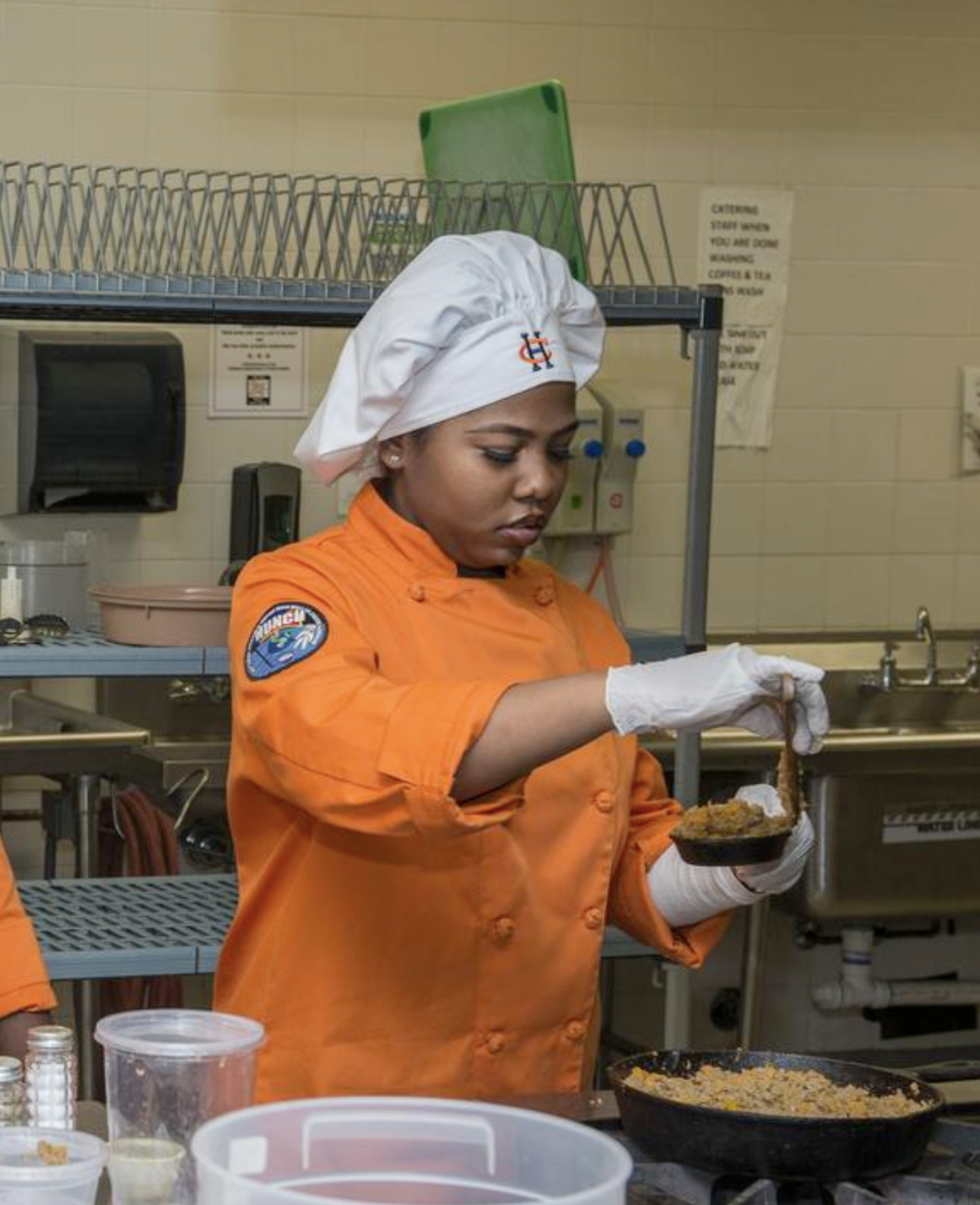
Teams participate in a challenge to develop shelf-stable recipes that meet space nutrition guidelines, collaborating with NASA’s Food Lab to bring student creations to space.
Image Credit: NASA
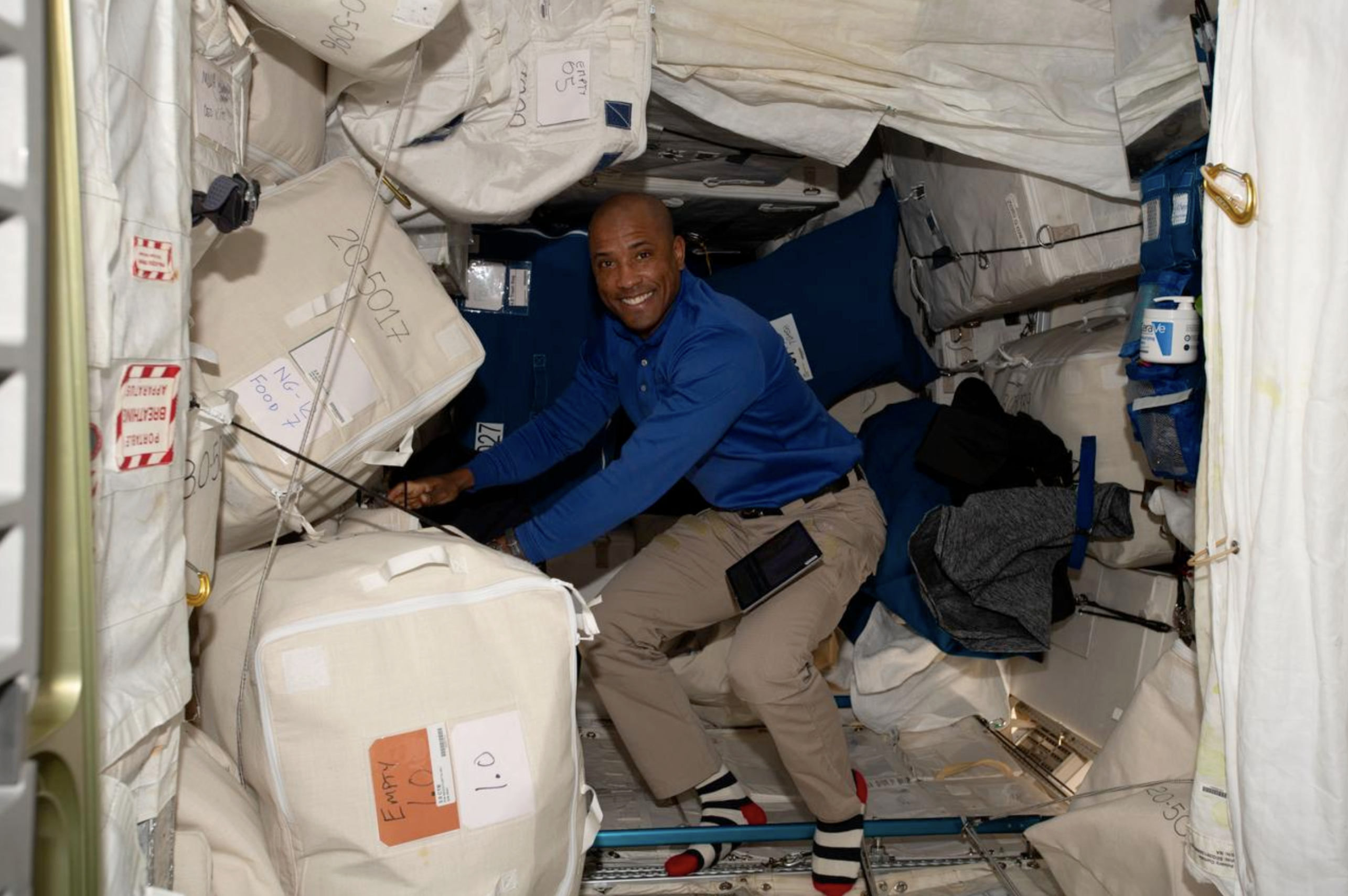
Teams participate in a challenge to develop shelf-stable recipes that meet space nutrition guidelines, collaborating with NASA’s Food Lab to bring student creations to space.
Image Credit: NASA
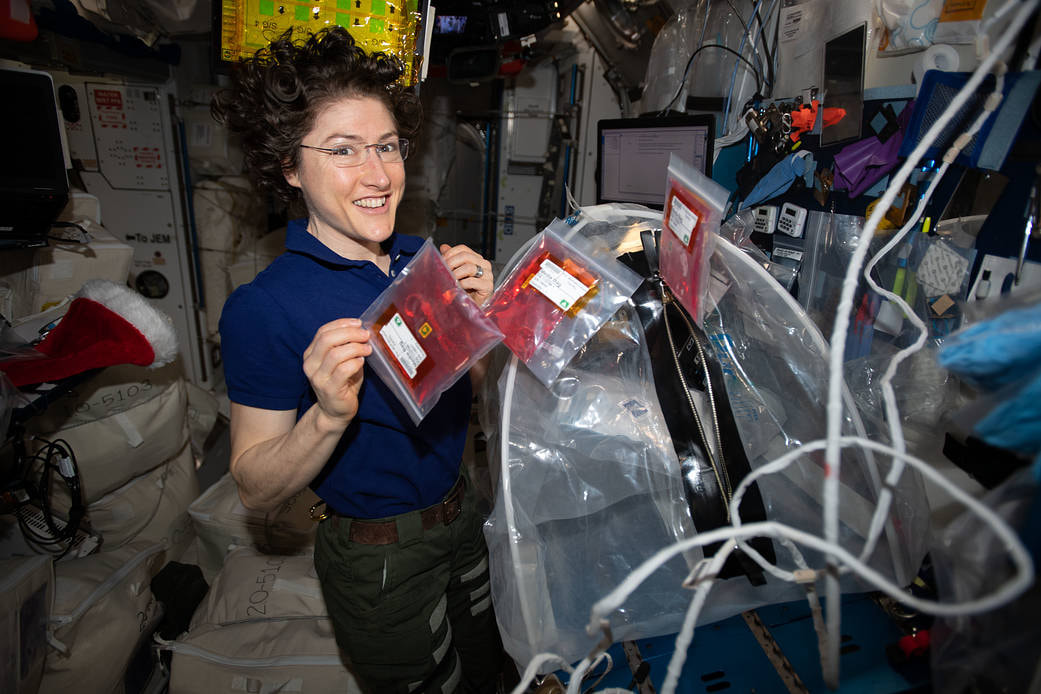
Students explore the physiological impacts of long-duration spaceflight and propose solutions for future deep-space exploration to the moon and Mars.
Image Credit: NASA
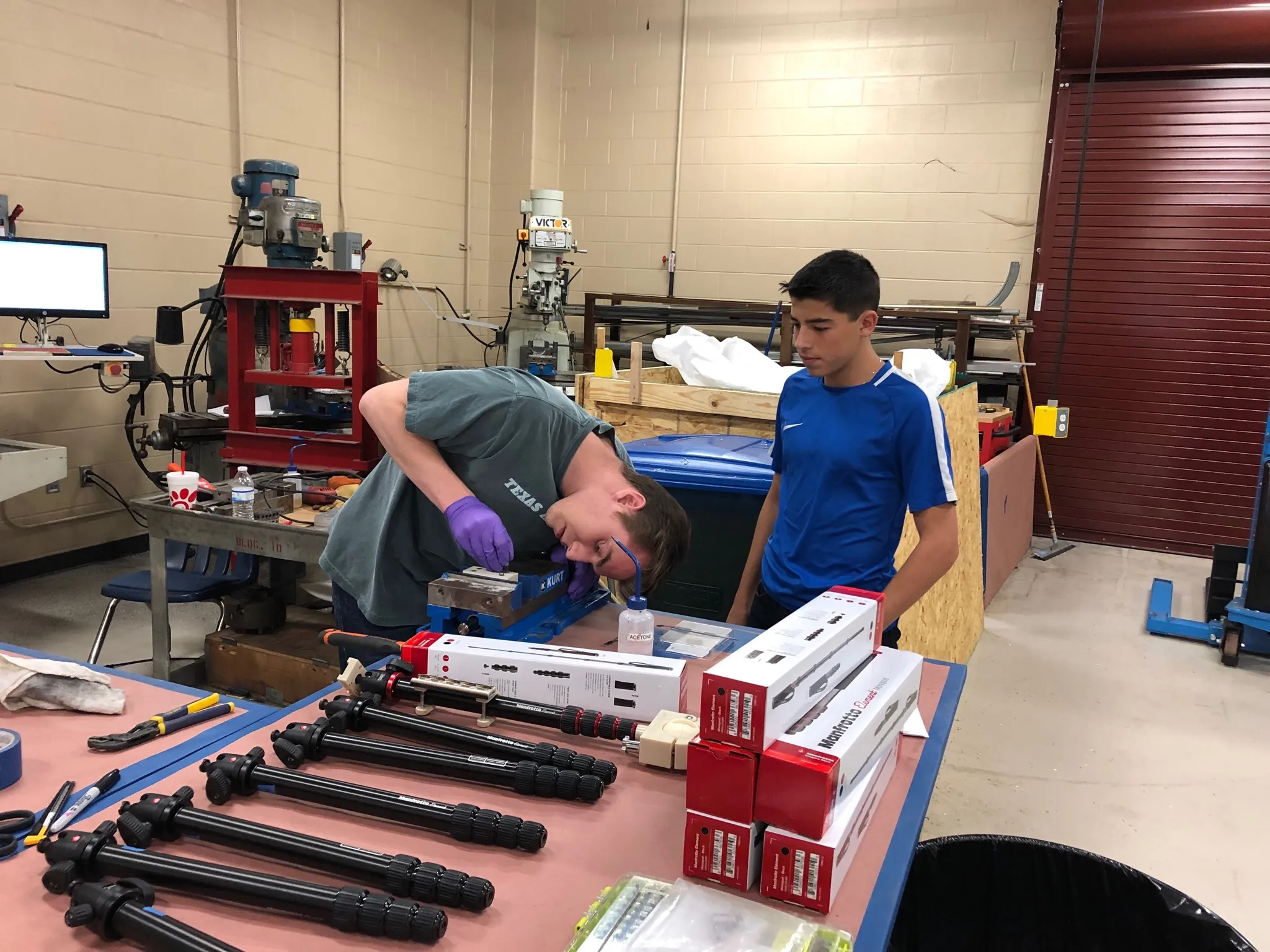
Students work with NASA engineers to translate prototype designs into final-flight configuration drawings and 3D prints that meet flight standards.
Image Credit: NASA
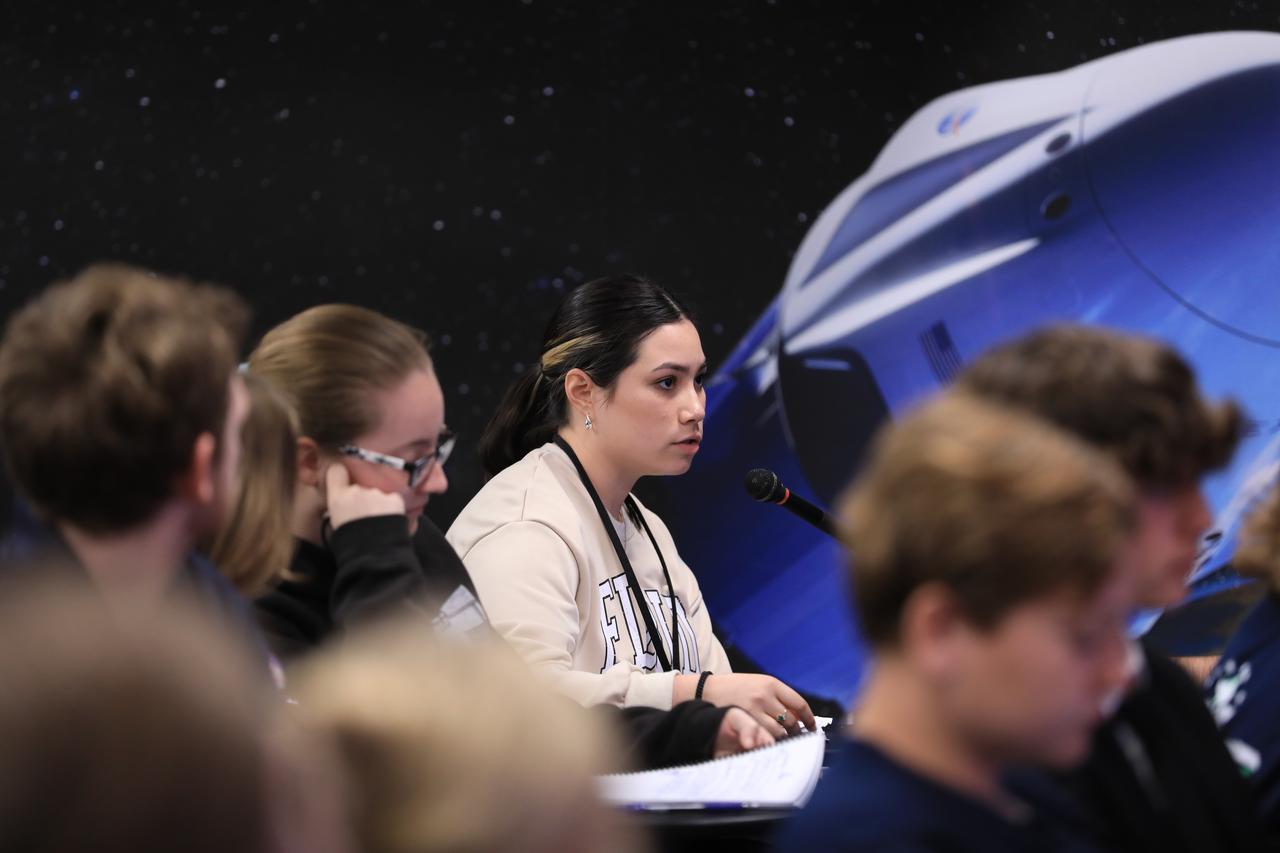
Curriculum is provided to K-8 students that prepares them for future participation in the HUNCH program.
Image Credit: NASA

